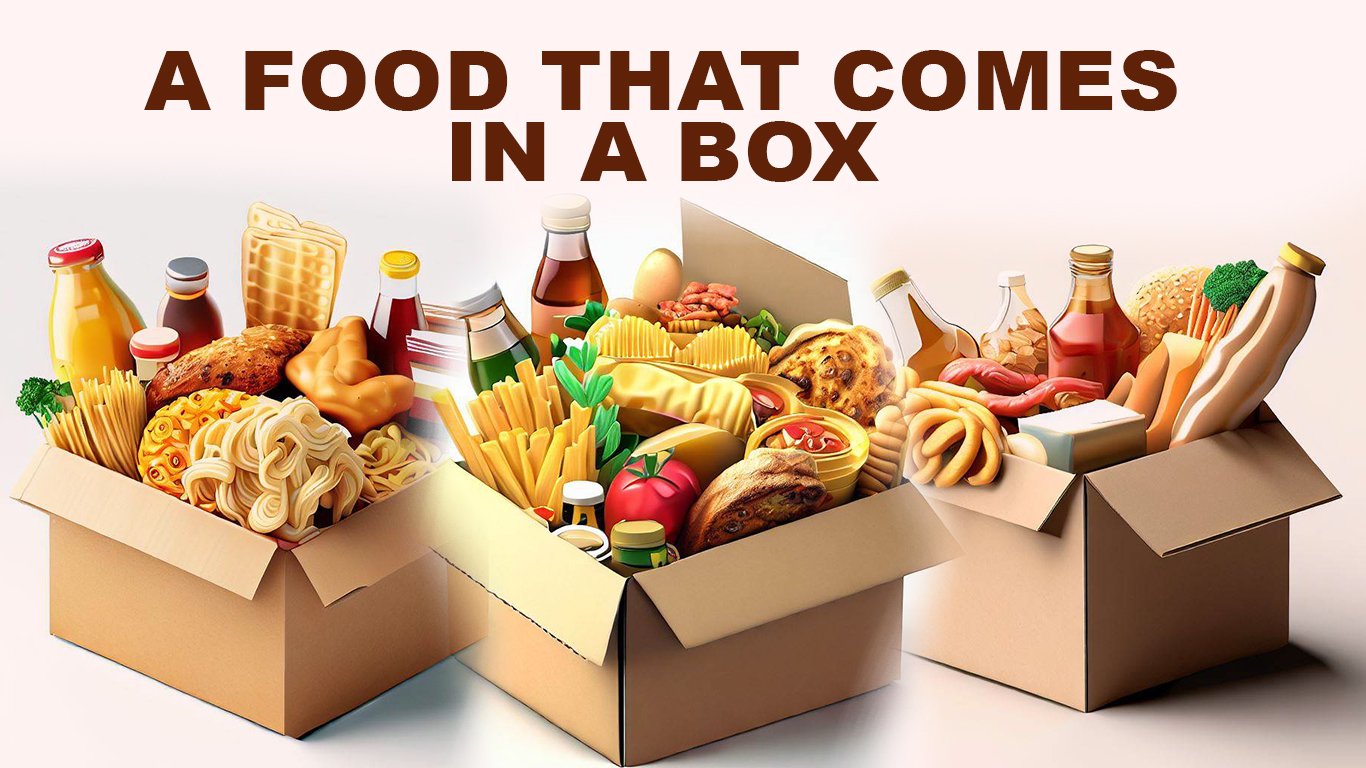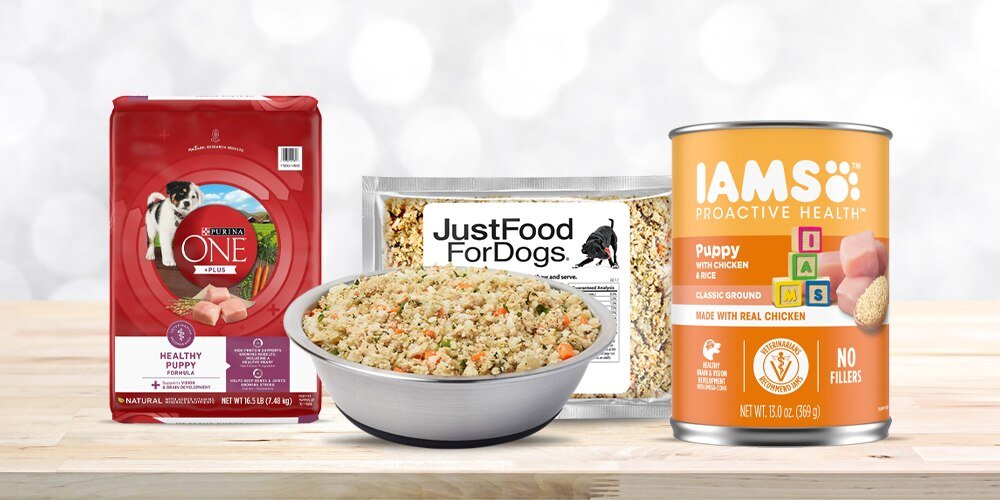What is “Food that Comes in Boxes”?
“Food that comes in boxes” refers to pre-packaged meals or ingredients that are delivered to your doorstep. These meals or ingredients are usually portioned, pre-cooked, and ready to be reheated or assembled. They come in various forms such as frozen, refrigerated, or shelf-stable. Examples of “food that comes in boxes” include meal kits, frozen dinners, and canned goods.
Definition of “Food that Comes in Boxes”
“Food that comes in boxes” refers to pre-packaged meals or ingredients that are delivered to your doorstep. These meals or ingredients are usually portioned, pre-cooked, and ready to be reheated or assembled. They come in various forms such as frozen, refrigerated, or shelf-stable.
Examples of “Food that Comes in Boxes”
Some examples of “food that comes in boxes” include:
- Meal kits: These are pre-portioned ingredients and recipes that are delivered to your doorstep. They typically require some preparation and cooking, but the instructions are provided.
- Frozen dinners: These are pre-cooked meals that are frozen and can be reheated in the microwave or oven.
- Canned goods: These are pre-cooked or pre-packaged ingredients that can be used to make meals, such as canned soup or vegetables.
History of “Food that Comes in Boxes”
The concept of “food that comes in boxes” has been around for decades, but it has become more popular in recent years due to advances in technology and changes in consumer behavior. Meal kits, in particular, have become increasingly popular in the last decade, with companies like Blue Apron and HelloFresh leading the way.
Pros and Cons of Eating “Food that Comes in Boxes”
Eating “food that comes in boxes” has both advantages and disadvantages. On the one hand, it can save you time and effort in meal planning and preparation. It can also introduce you to new recipes and ingredients that you might not have tried otherwise. On the other hand, it can be more expensive than cooking from scratch, and it may contain more preservatives, sodium, and other additives. Additionally, some people may find the portion sizes too small or too large for their needs.
Advantages of Eating “Food that Comes in Boxes”
·
Saves time and effort in
meal planning and preparation: “Food that
comes in boxes” can be a convenient option for those who don’t have the
time or skills to cook from scratch.
·
Introduces new recipes and
ingredients: Meal kits, in particular, can
introduce you to new recipes and ingredients that you might not have tried
otherwise.
·
Can be more convenient than
cooking from scratch: Pre-packaged meals are
usually portioned, pre-cooked, and ready to be reheated or assembled, making
them a convenient option.
·
Can be a good option for
busy individuals or families: “Food that
comes in boxes” can save time and effort in meal planning and preparation,
making it a good option for busy individuals or families.
Disadvantages of Eating “Food that Comes in Boxes”
Can be more expensive than cooking from scratch:
“Food that comes in boxes” can be more expensive than buying ingredients and cooking from scratch.
May contain more preservatives, sodium, and other additives:
Pre-packaged meals may contain more preservatives, sodium, and other additives than homemade meals.
Portion sizes may not be suitable for everyone:
Some people may find the portion sizes too small or too large for their needs.
May not be as fresh or nutritious as homemade meals:
Fresh and homemade meals may be more nutritious and customizable than “food that comes in boxes”.
Comparison to Fresh and Homemade Meals
-
- “Food that comes in boxes” can be a good option for those who don’t have the time or skills to cook from scratch.
-
- Fresh and homemade meals may be more nutritious and customizable than “food that comes in boxes”.
-
- Fresh and homemade meals may be more cost-effective in the long run.
Popular Brands of “Food that Comes in Boxes”
There are many popular brands of “food that comes in boxes” available in the market. Some of the most well-known brands include Blue Apron, HelloFresh, Home Chef, Plated, and Sun Basket. These brands offer a variety of meal kits and pre-packaged meals that cater to different dietary needs and preferences.
Some of the most well-known brands of “food that comes in boxes” include:
Blue Apron:
Offers meal kits with a variety of recipes and ingredients.
HelloFresh:
Offers meal kits with a focus on fresh, seasonal ingredients.
Home Chef:
Offers meal kits with customizable options and flexible delivery.
Plated:
Offers meal kits with a focus on gourmet ingredients and recipes.
Sun Basket:
Offers meal kits with a focus on organic and sustainable ingredients.
How to Choose the Best “Food that Comes in Boxes”
When choosing the best “food that comes in boxes”, there are several factors to consider. These include the price, the quality of the ingredients, the variety of recipes, the level of customization, and the delivery options. It is also important to read reviews and recommendations from other customers to get an idea of the taste and overall experience.
Factors to Consider
Price:
“Food that comes in box” can vary in price depending on the brand and type of meal.
Quality of ingredients:
Look for brands that use high-quality, fresh, and seasonal ingredients.
Variety of recipes:
Choose brands that offer a variety of recipes and ingredients to keep meals interesting.
Level of customization:
Choose brands that offer customizable options to suit your dietary needs and preferences.
Delivery options:
Choose brands that offer flexible and reliable delivery options.
Tips for Choosing the Best “Food that Comes in Boxes”
Read reviews and recommendations from other customers:
Online reviews and recommendations can be a helpful resource when choosing the best “food that comes in box”.
Look for brands that cater to your dietary needs and preferences:
Choose brands that offer meals that fit your dietary needs and preferences, such as vegetarian or gluten-free options.
Choose meals that are balanced and nutritious:
Look for meals that are high in protein, fiber, and other essential nutrients.
Check the labels and nutritional information carefully:
Make sure to read the labels and nutritional information to ensure that the meals meet your nutritional needs.
Reviews and Recommendations
Online reviews and recommendations from other customers can be a helpful resource when choosing the best “food that comes in boxes”.
Look for reviews and recommendations from people who have similar dietary needs and preferences as you.
“Food that Comes in Boxes” and Health Concerns
While “food that comes in boxes” can be convenient, it may also raise some health concerns. Some pre-packaged meals may contain high amounts of sodium, sugar, and other additives that can be harmful to your health. It is important to read the labels and nutritional information carefully, and to choose meals that are balanced and nutritious.
Nutritional Value of “Food that Comes in Boxes”
-
- Some pre-packaged meals may contain high amounts of sodium, sugar, and other additives.
-
- It is important to read the labels and nutritional information carefully to ensure that the meals are balanced and nutritious.
Risks and Health Issues
-
- Eating too much “food that comes in boxes” may increase the risk of certain health issues such as obesity, heart disease, and type 2 diabetes.
-
- It is important to choose meals that are balanced and nutritious and to limit the consumption of pre-packaged meals.
Tips for Making “Food that Comes in Boxes” Healthier
-
- Choose meals that are high in fiber, protein, and other essential nutrients.
-
- Add fresh fruits and vegetables to your meals to increase the nutritional value.
-
- Use herbs and spices instead of salt and sugar for flavor.
“Food that Comes in Boxes” and Sustainability
The packaging and environmental impact of “food that comes in boxes” is another important consideration. Some brands use sustainable packaging options such as compostable or recyclable materials. Additionally, some brands prioritize ethical and social responsibility by sourcing their ingredients from local and organic farms.
Environmental Impact of “Food that Comes in Box”
-
- The packaging and transportation of “food that comes in boxes” can have a significant environmental impact.
-
- Look for brands that use sustainable packaging options such as compostable or recyclable materials.
Sustainable Packaging Options
-
- Compostable or recyclable materials such as paper, cardboard, and plant-based plastics can be more sustainable options for packaging “food that comes in boxes”.
-
- Look for brands that prioritize sustainable packaging options.
Ethical and Social Responsibility of “Food that Comes in Boxes”
-
- Some brands prioritize ethical and social responsibility by sourcing their ingredients from local and organic farms.
-
- Choosing brands that prioritize ethical and social responsibility can support sustainable and responsible food systems.
“Food that Comes in Box” and Convenience
One of the main advantages of “food that comes in boxes” is its convenience. It can save you time and effort in meal planning and preparation, and it can also be a great option for busy individuals or families. Some brands even offer meal planning and delivery services, which can further simplify the process.
Time-Saving Benefits
-
- “Food that comes in boxes” can save time and effort in meal planning and preparation.
-
- It can be a good option for those who don’t have the time or skills to cook from scratch.
Easy and Simple Preparation
-
- Pre-packaged meals are usually portioned, pre-cooked, and ready to be reheated or assembled, making them a convenient option for those who don’t have the time or skills to cook from scratch.
Meal Planning and Delivery Services
-
- Some brands offer meal planning and delivery services that can further simplify the process of choosing and preparing meals.
-
- Look for brands that offer flexible and reliable delivery options.
The Future of “Food that Comes in Box”
The future of “food that comes in boxes” is expected to be driven by technology and innovation. Some brands are already experimenting with new delivery methods such as drones and autonomous vehicles. Additionally, there is a growing trend towards personalized nutrition and customization, which may lead to more tailored and individualized meal options.
Trends and Innovations
-
- The future of “food that comes in boxes” is expected to be driven by technology and innovation.
-
- Some brands are already experimenting with new delivery methods such as drones and autonomous vehicles.
Challenges and Opportunities
-
- The rise of “food that comes in boxes” presents both challenges and opportunities for the food industry and consumers.
-
- Challenges include environmental impact and health concerns, while opportunities include personalized nutrition and customization.
Consumer Preferences and Behavior
-
- Consumer preferences and behavior will continue to shape the future of “food that comes in box”.
-
- Brands that prioritize sustainability, health, and convenience are likely to be successful in the long run.
References:
“The Pros and Cons of Meal Kit Delivery Services” by Healthline (https://www.healthline.com/nutrition/meal-kit-delivery-services-pros-cons)
“The Best Meal Kit Delivery Services of 2021” by CNET (https://www.cnet.com/health/best-meal-kit-delivery-service/)
“Sustainable Packaging: The Future of Meal Kits?” by Forbes (https://www.forbes.com/sites/amyfeldman/2020/08/26/sustainable-packaging-the-future-of-meal-kits/?sh=5d8f8f7c6d4d)








